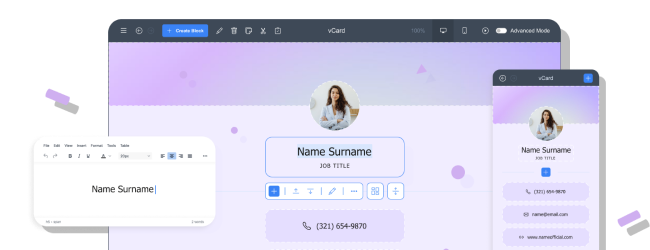How to Create a Winning Business Plan: Key Components Every Entrepreneur Needs
A well-structured business plan is essential for securing funding, guiding growth, and ensuring long-term success. Whether you’re launching a startup or expanding an existing business, your business plan should clearly outline your vision, goals, and strategies. Here’s how to create a winning business plan that impresses investors and keeps you on track.

Executive Summary
The executive summary is the most critical section of your business plan, providing a high-level overview of your company. It should be concise (1-2 pages) but compelling. Include:
-
Business name, location, and mission statement
-
Brief description of products/services
-
Market opportunity and competitive advantage
-
Key financial projections (e.g., expected revenue, profitability)
-
Funding requirements (if applicable)
Business Description & Vision
Outline what your business does and why it exists. This section should cover:
-
Company history (if applicable)
-
Industry overview (current trends and future outlook)
-
Target market (who your customers are and their needs)
-
Unique selling proposition (USP) (what sets you apart from competitors)
Market Analysis
A strong business plan includes thorough market research to prove demand and competitive positioning. Address:
-
Industry trends and growth potential
-
Target audience demographics and behaviors
-
Competitor analysis (strengths, weaknesses, market share)
-
Opportunities and threats in the market
Organization & Management Structure
Detail your business’s leadership and structure, including:
-
Founders and key team members (experience, roles)
-
Organizational chart (who reports to whom)
-
Legal structure (sole proprietorship, LLC, corporation, etc.)
Product or Service Line
Clearly describe what you’re selling and why customers need it. Include:
-
Product/service features and benefits
-
Pricing strategy
-
Product development roadmap (for future offerings)
-
Intellectual property (patents, trademarks, copyrights, etc.)
Marketing & Sales Strategy
Explain how you plan to attract and retain customers:
-
Branding and messaging (how you position your business)
-
Marketing channels (social media, SEO, email, paid ads, partnerships)
-
Sales tactics (direct sales, e-commerce, retail distribution)
-
Customer acquisition costs and lifetime value analysis
Operational Plan
Describe the day-to-day logistics of running your business:
-
Location and facilities (office, retail space, warehouse, online presence)
-
Supply chain and production process (if selling physical products)
-
Technology and systems (software, automation tools, customer support)
Financial Plan & Projections
Investors and lenders will scrutinize your financials, so be clear and realistic. Include:
-
Startup costs and funding needs
-
Revenue projections (3-5 years)
-
Break-even analysis (when you expect profitability)
-
Profit & loss statement, balance sheet, and cash flow projections
Funding Request (If Applicable)
If you need funding, specify:
-
How much you need
-
How funds will be used (marketing, product development, hiring, etc.)
-
Repayment plan (for loans) or investor returns (for equity funding)

Appendix & Supporting Documents
Include any additional information that strengthens your business plan:
-
Resumes of key team members
-
Legal documents (business registration, licenses, etc.)
-
Market research data
-
Product images, prototypes, or past performance metrics
Final Tips for a Winning Business Plan:
Keep it clear and concise – Avoid jargon and long-winded explanations.
Use data to support claims – Back up market projections with research.
Customize for your audience – If seeking funding, focus on financials; if for internal use, emphasize strategy.
Update regularly – Your business plan should evolve as your company grows.
By following these key components, you’ll have a structured, persuasive business plan that sets your business up for success.































